The Italianate mansion that Henry Barron, the dentist, had built for his wife and family (I suppose) in 1868 was built to last. And last it did for 134 years until it was taken down. It was located at the SE corner of Clayton Road and McKnight in Richmond Heights. So what does this have to do with Maplewood history, you’re thinkin’? Keep reading.
Followers of this blog should have a great deal of knowledge about one of our most prominent Maplewood residents, William Lyman Thomas, 1846-1914. If you have just recently joined us or have gotten a little foggy on the details of WLT’s life, here is a link to take you to a post I made in December of 2019 that contains links to all 28 posts that I had made regarding Thomas including a few concerning his father-in-law, James C. Sutton, Sr.
William Lyman Thomas’s father was Jacob P. Thomas, a Pennsylvanian who moved to St. Louis in 1835. His mother was Eleanor G. McCutchan, daughter of William and Rebekah McCutchan, Virginia pioneers who purchased a farm on the Clayton road. Jacob with his brother-in-law, Samuel Black, established a livery-stable business on Walnut St. in St. Louis. On June 17, 1854, Jacob was killed in his stable by a kick from his own horse. His tragic death left his wife, Eleanor, with four boys (Philip G., William L., Bernard and Jacob P. Jr.) to provide for.
After his father’s unfortunate demise, it was necessary for 8 year old William to move into the household of his uncle and aunt, Dr. Henry Barron and his wife, Eleanor’s sister, Elizabeth. Now you see the connection. In 1866 William enrolled in the Missouri Dental College. In 1868, he and two other young men became the first graduates of the first dental school in Missouri. He opened an office on Fifth Street downtown. He soon discovered that he had no taste for the business. He abandoned it and took a job in the publishing industry where he did well and remained for the rest of his life.
William married Kate Sutton in March of 1869. It is unknown if he ever lived in the mansion his aunt and uncle had built but he almost certainly visited there. It was brand new.
The Second Baptist Church bought the property that included the Barron Mansion in 1954. By 1958 they had constructed a new church building in a very modern style a short distance behind the mansion. The mansion continued to be used by the church for many different functions until 2002. At that time the decision was made to demolish it. I learned of its impending destruction shortly before the demolition began. I still believe it should not have come down. It was a high quality, solidly built building that could have easily lasted many more decades.
Esley Hamilton did a very fine bit of research on the mansion and the church. I’ll be happy to send a copy of it to anyone who would like to know more about this very complicated story.
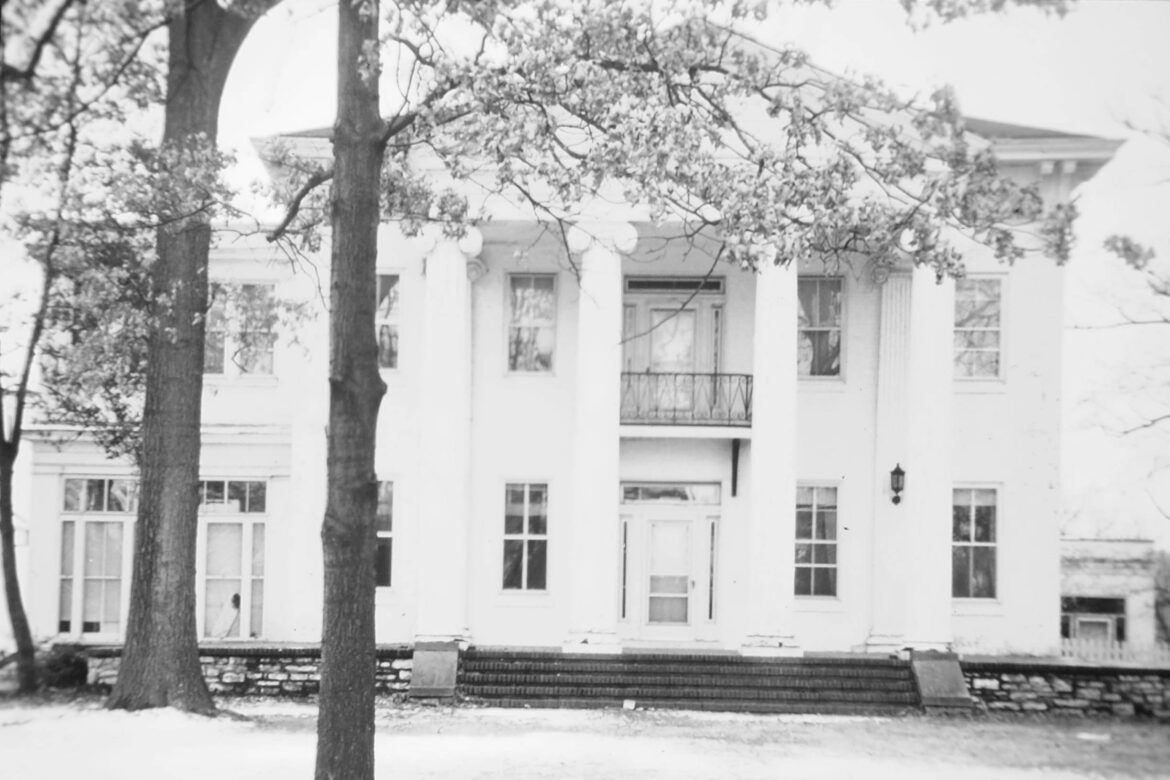
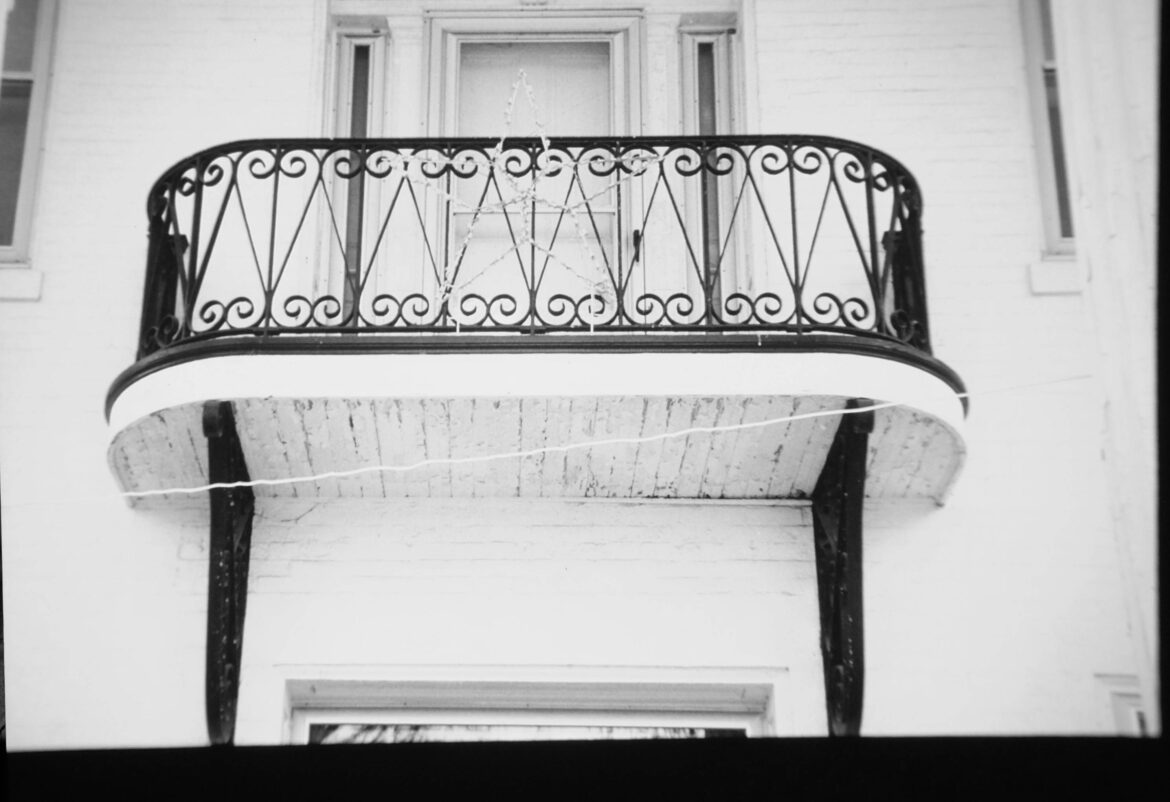
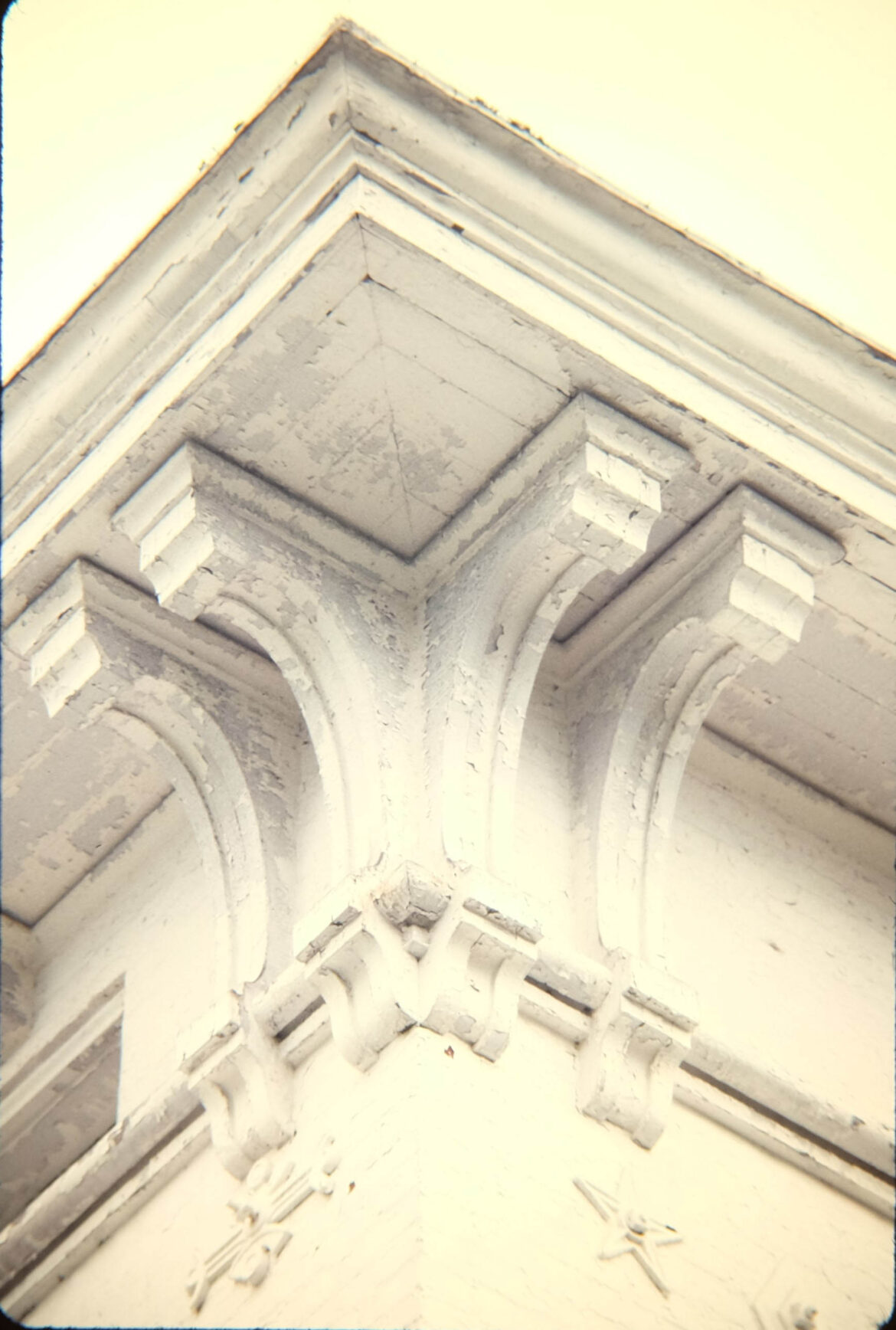

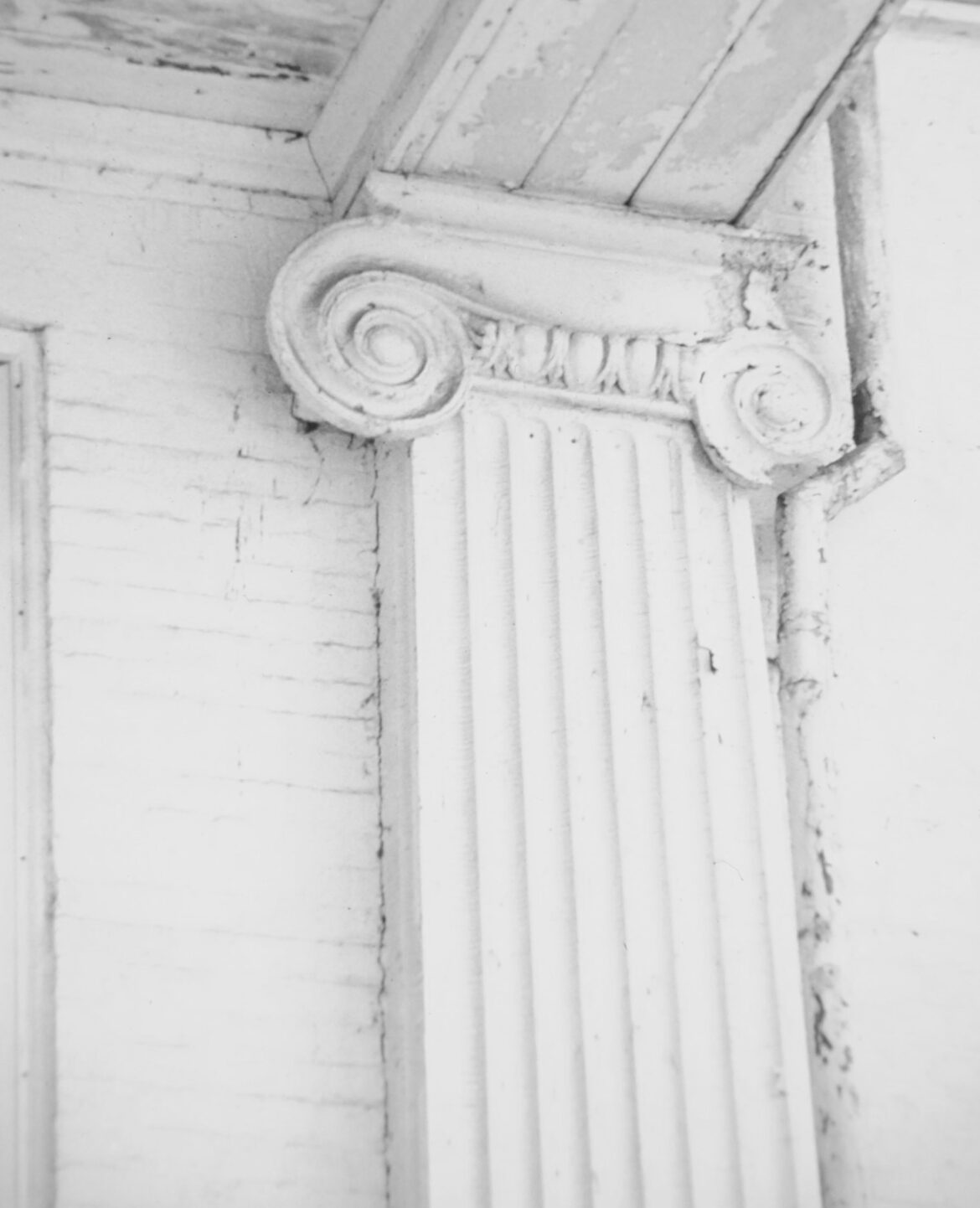
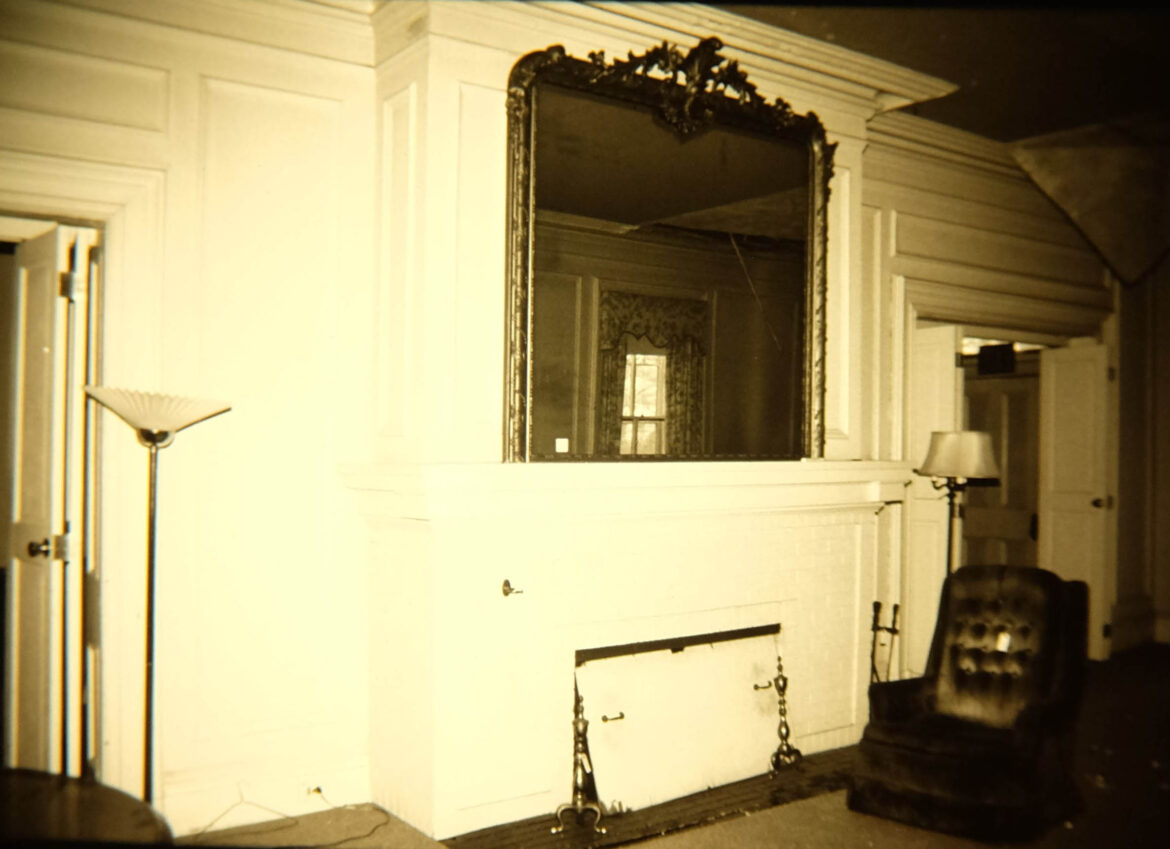
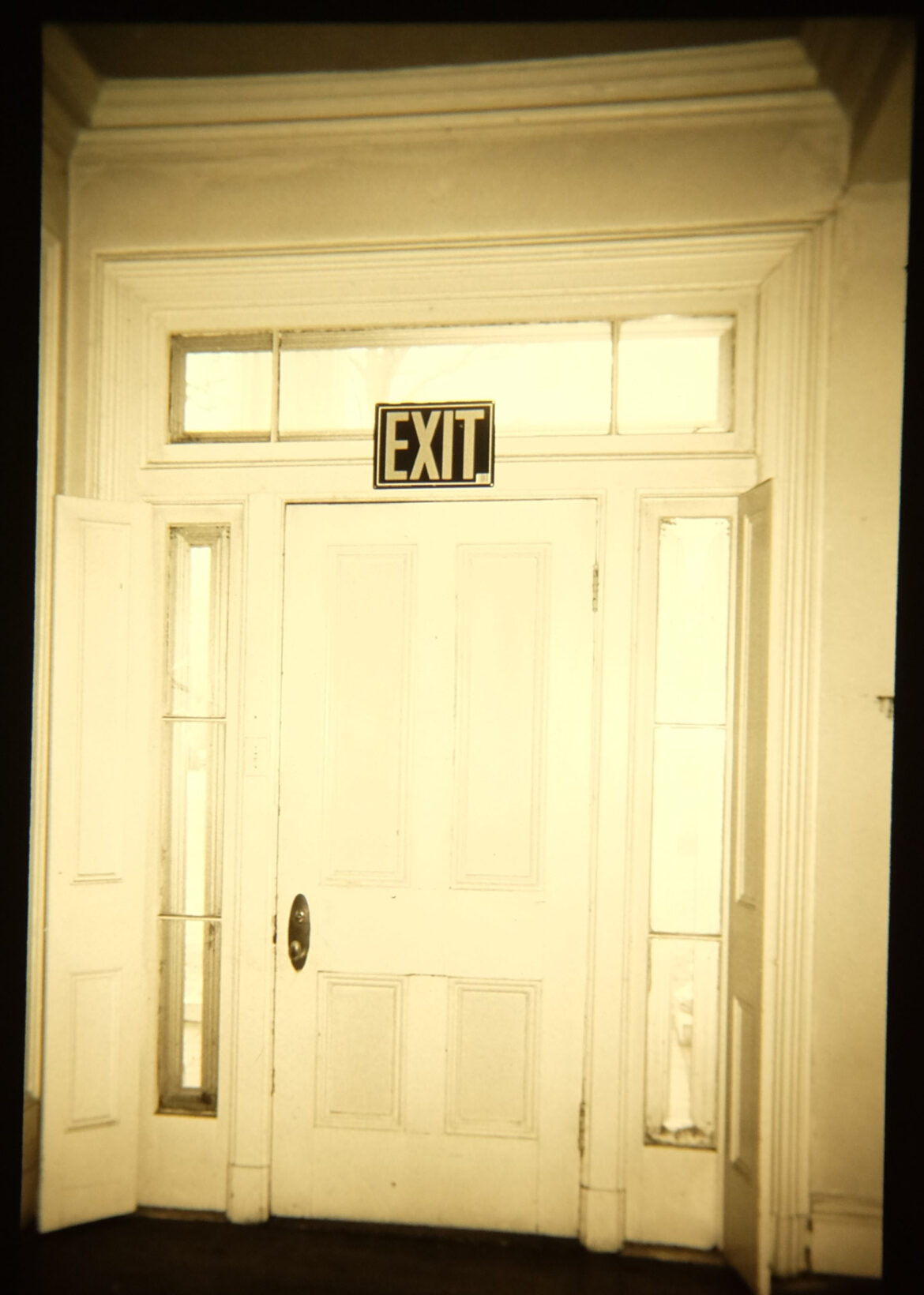
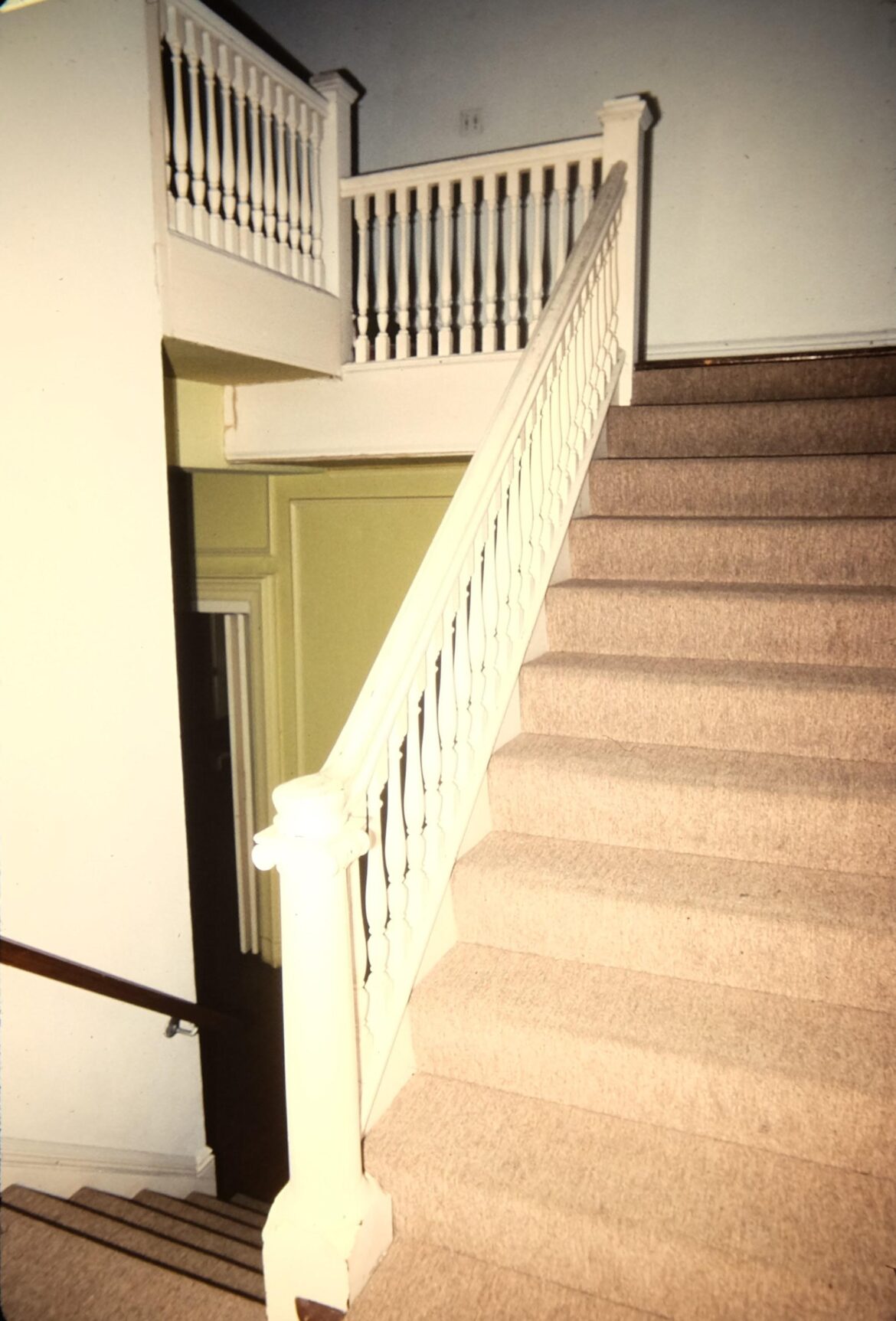
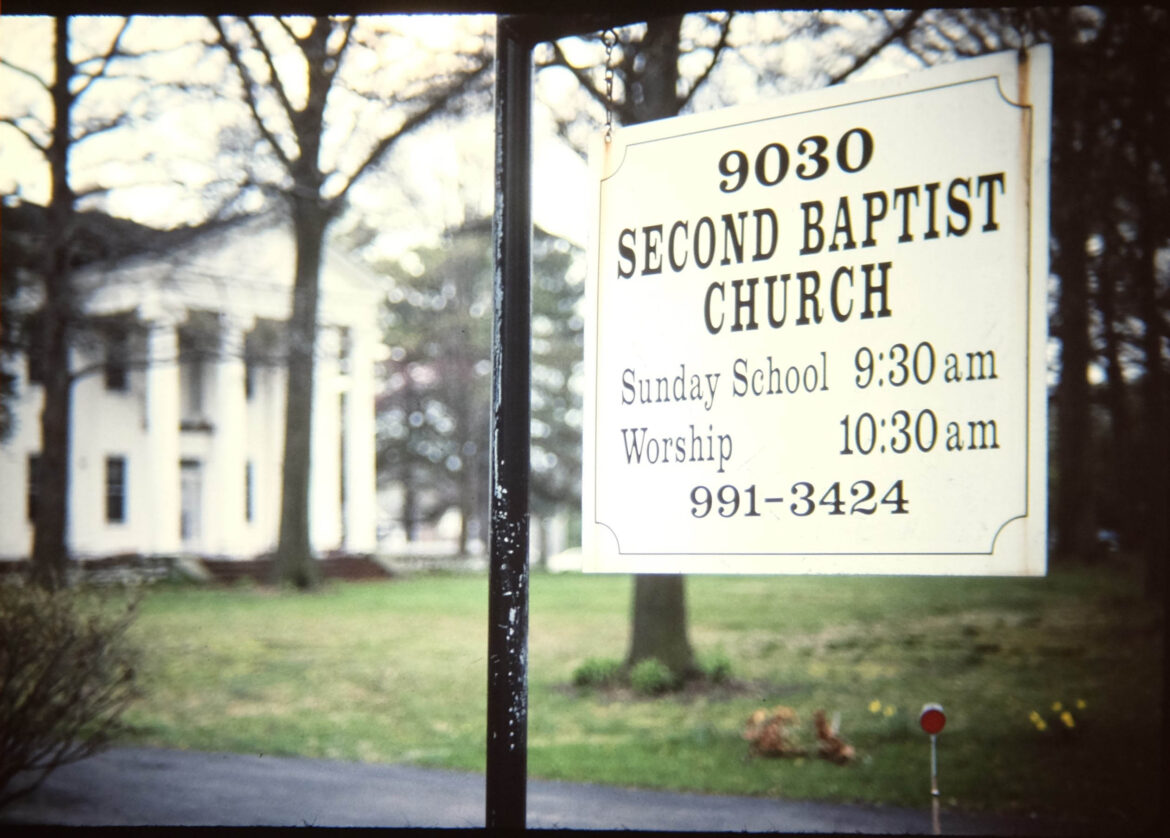

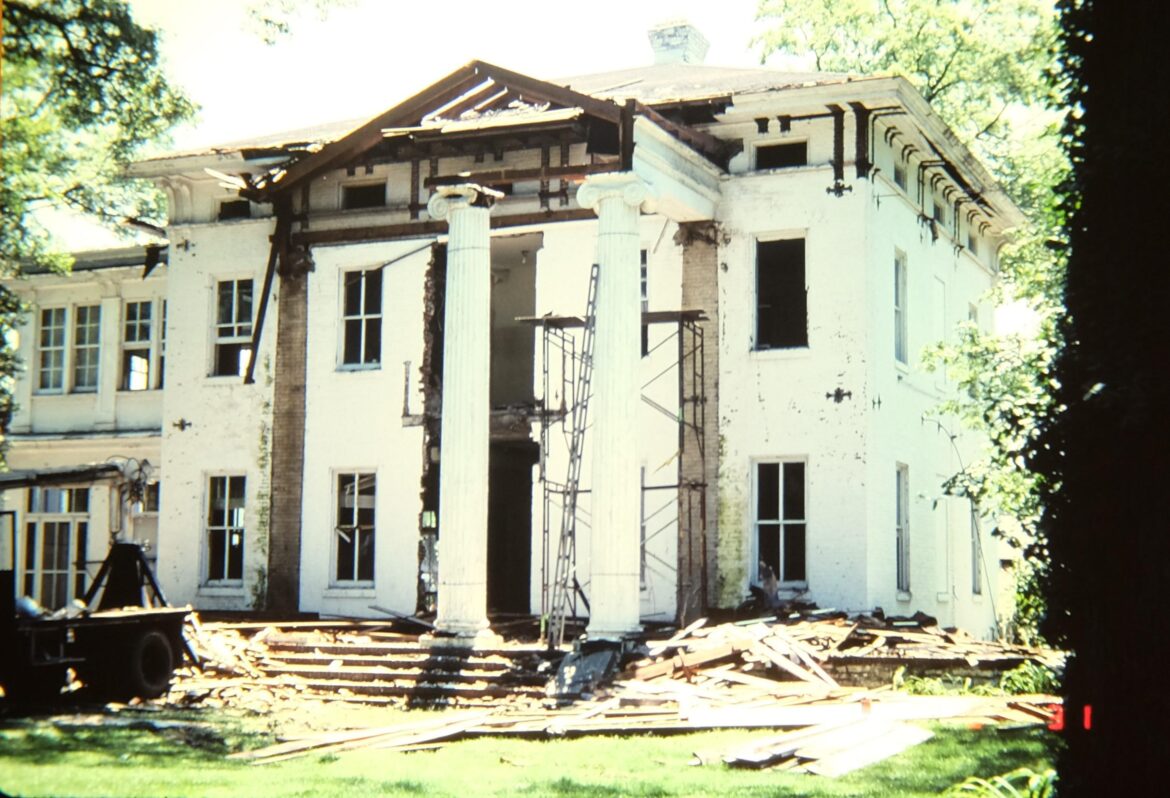
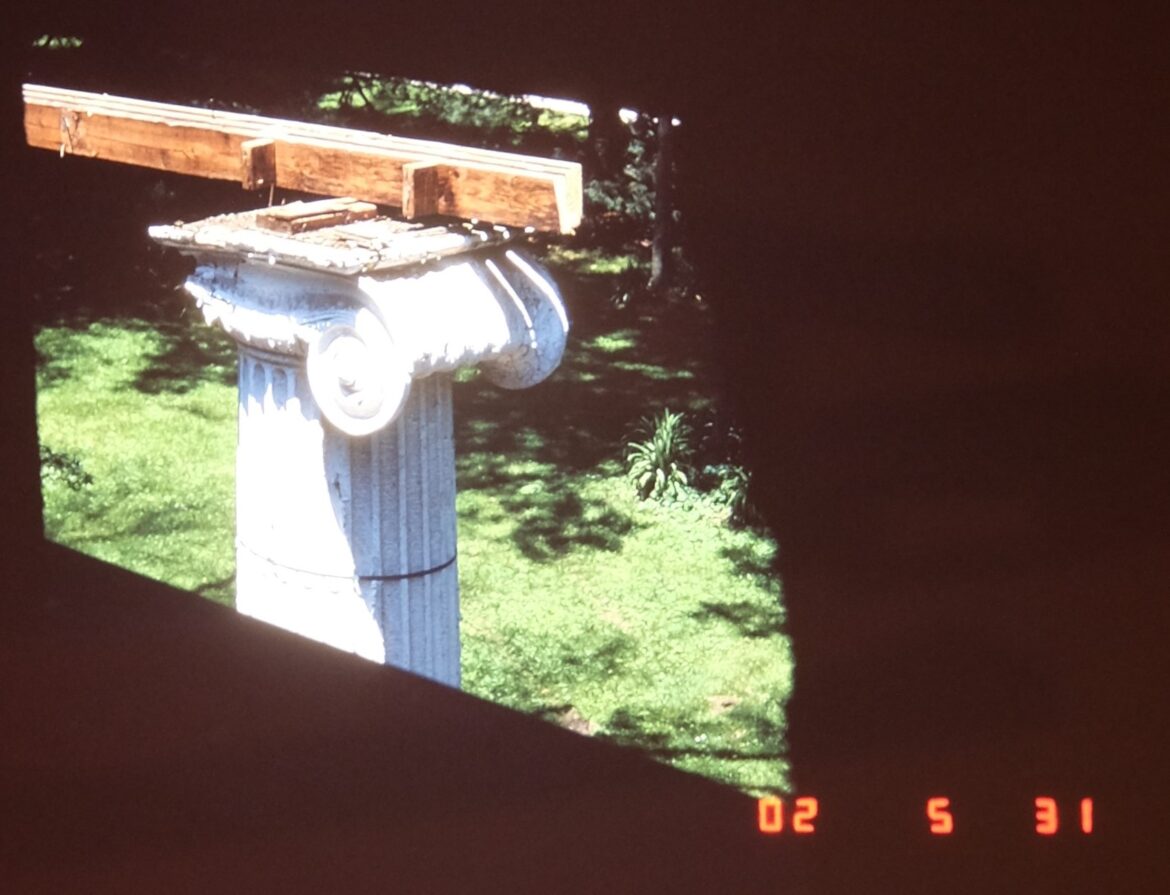
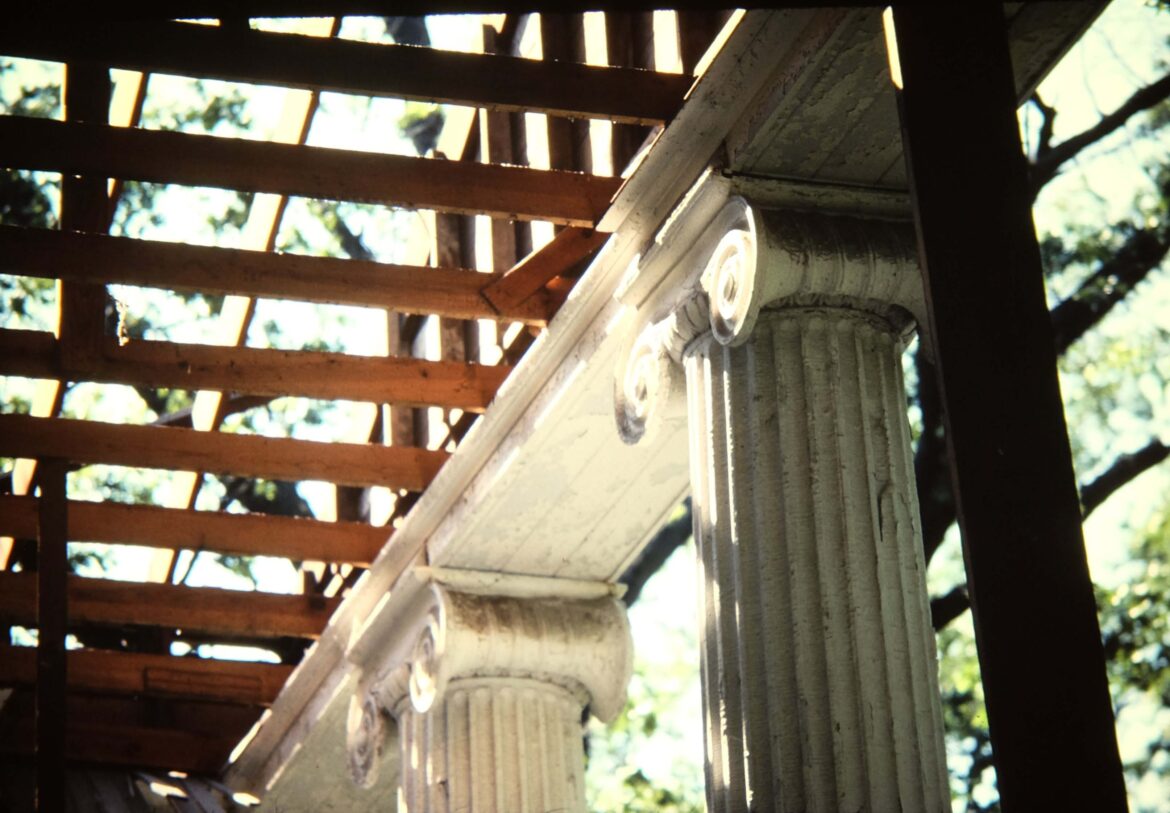
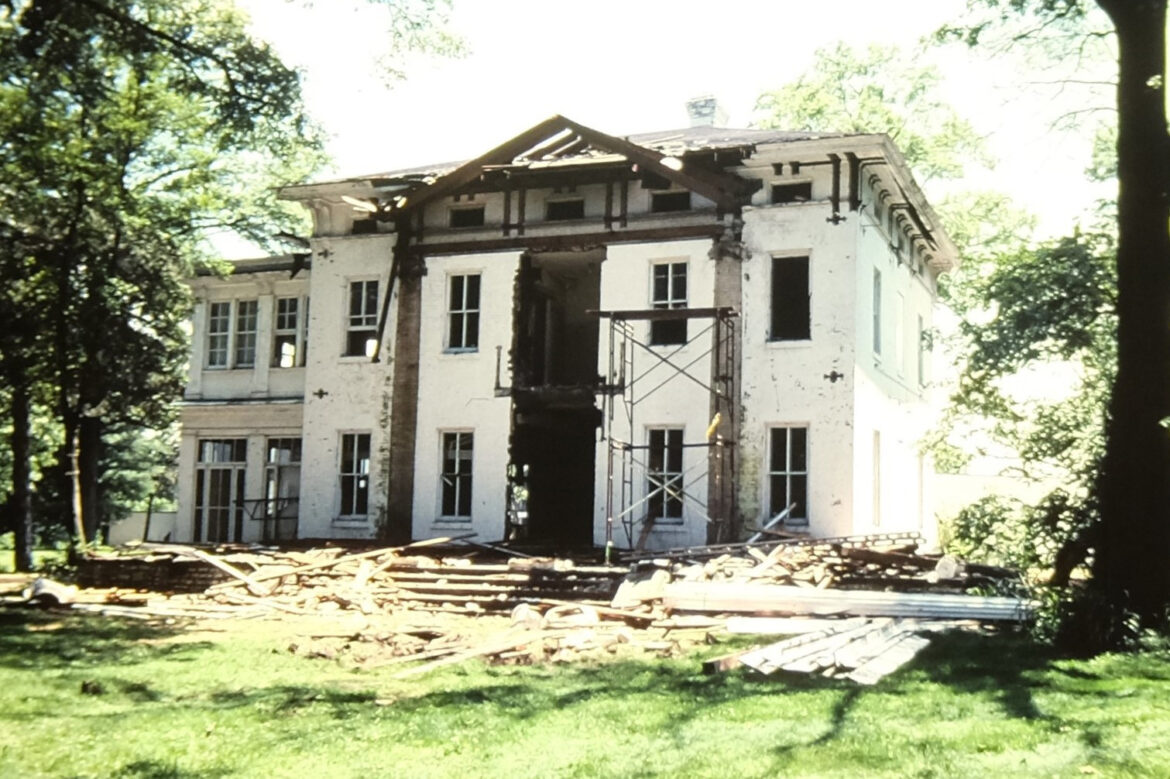
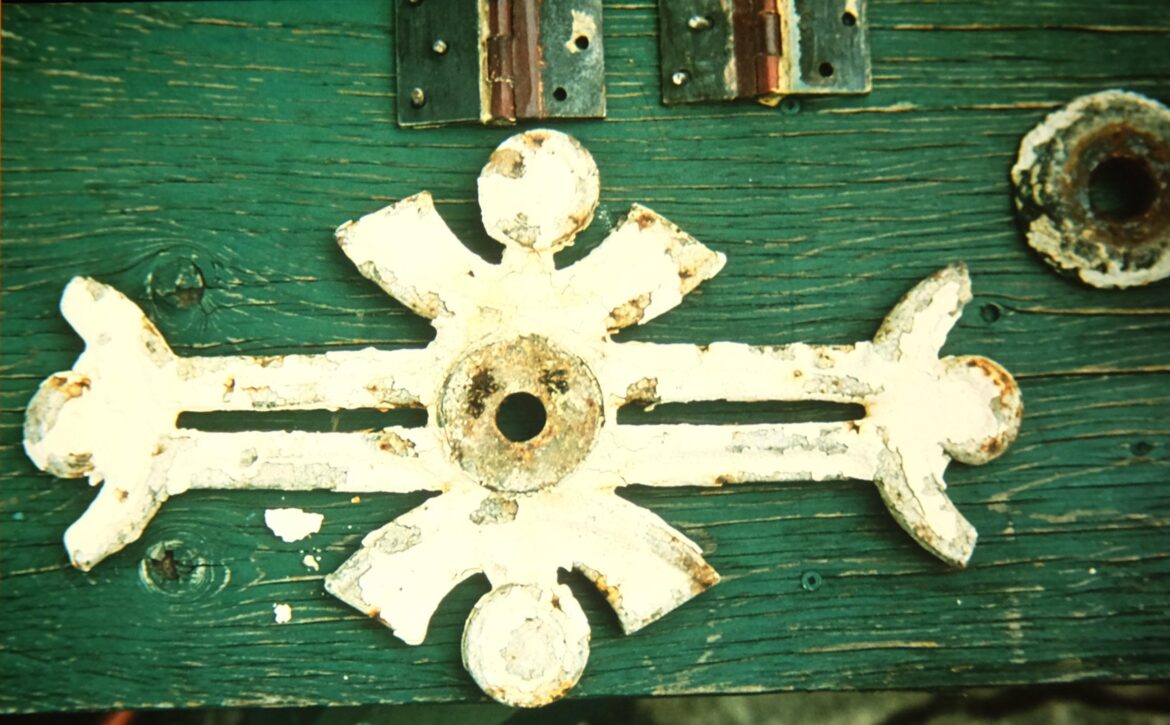
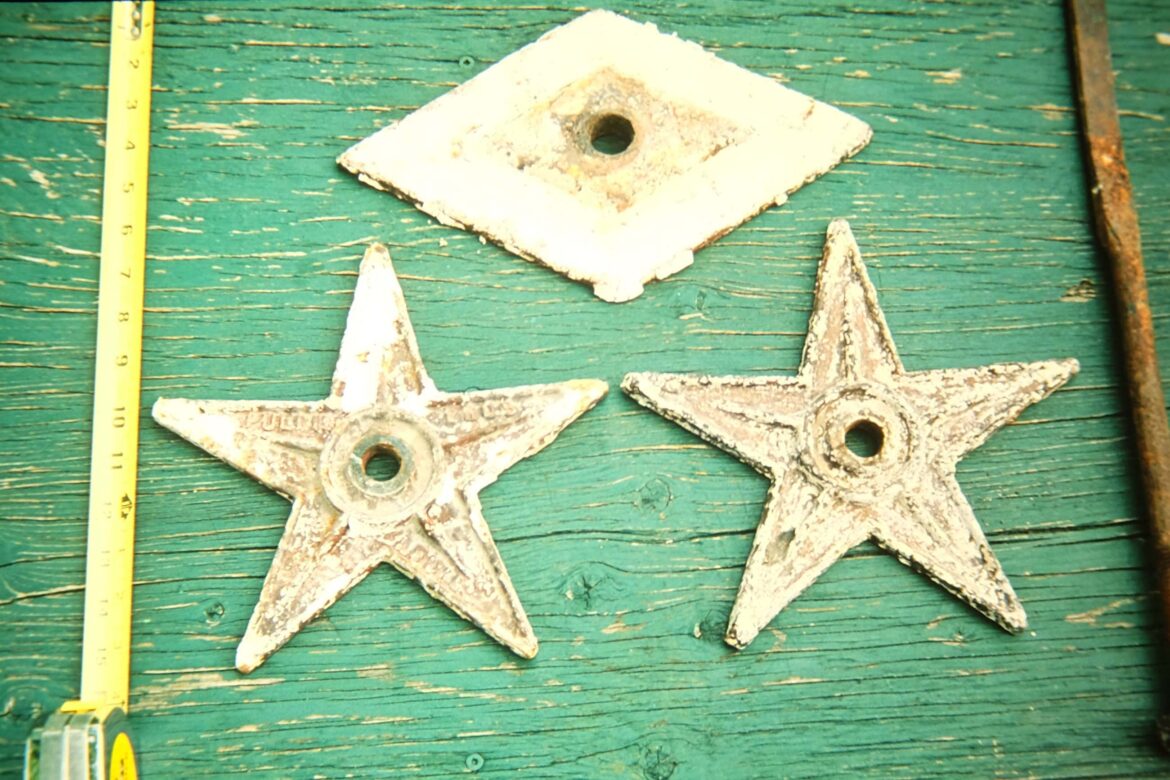
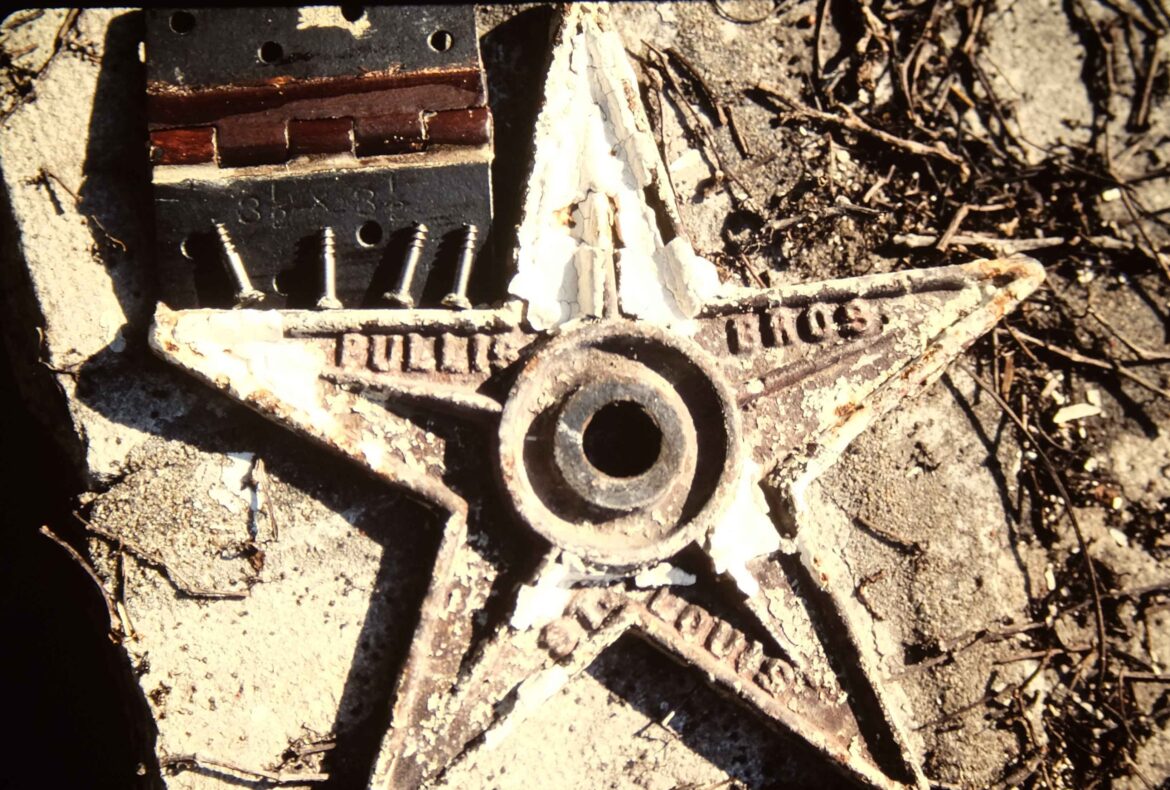
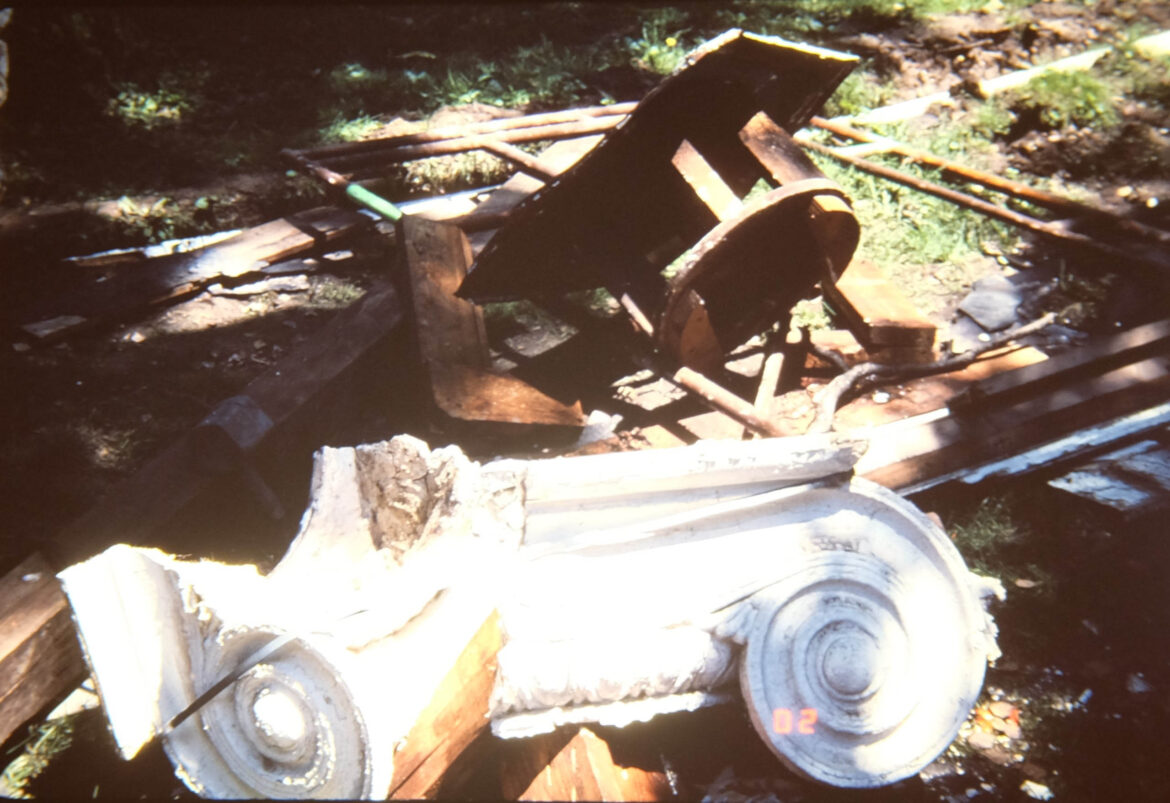
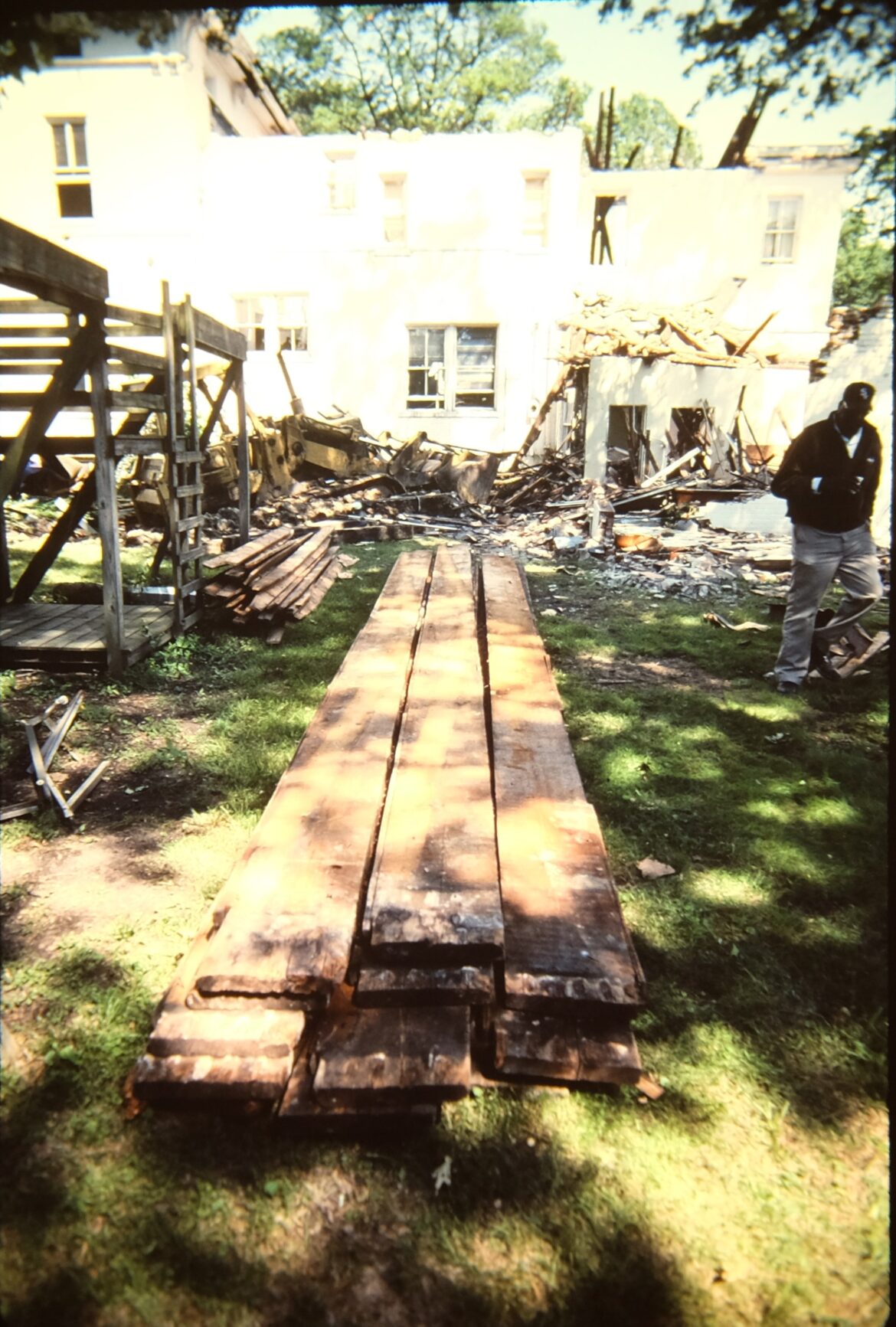
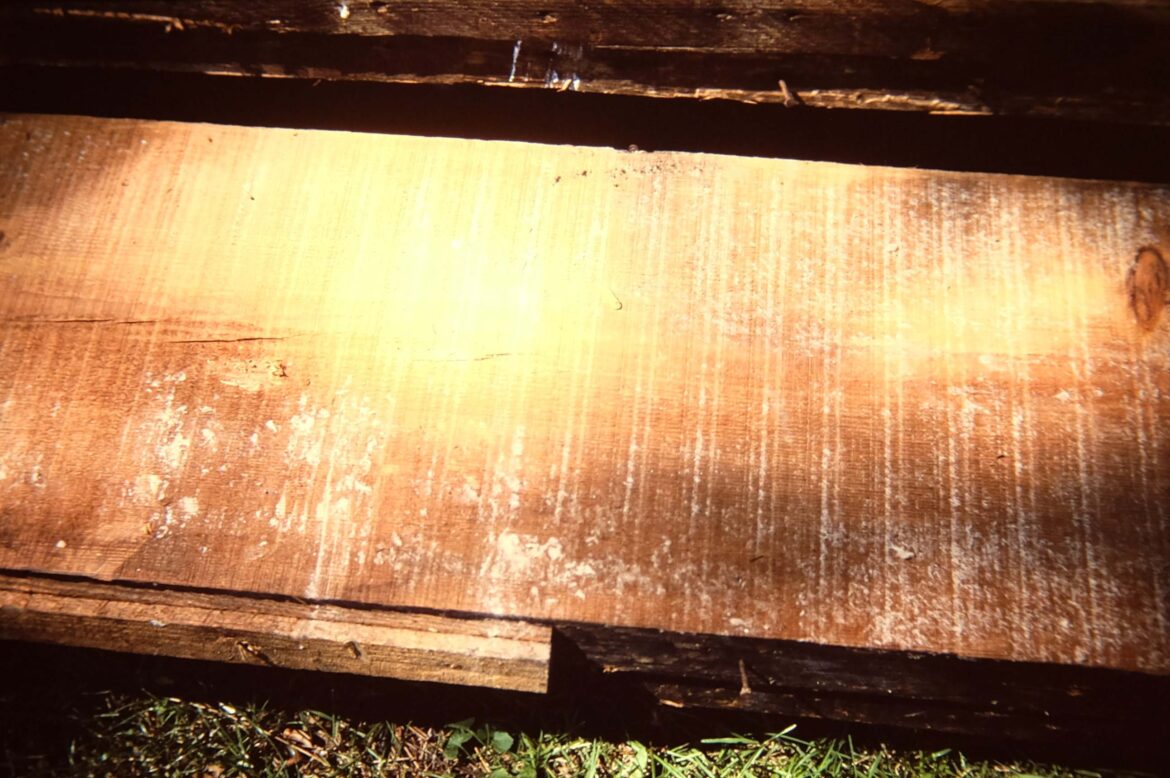
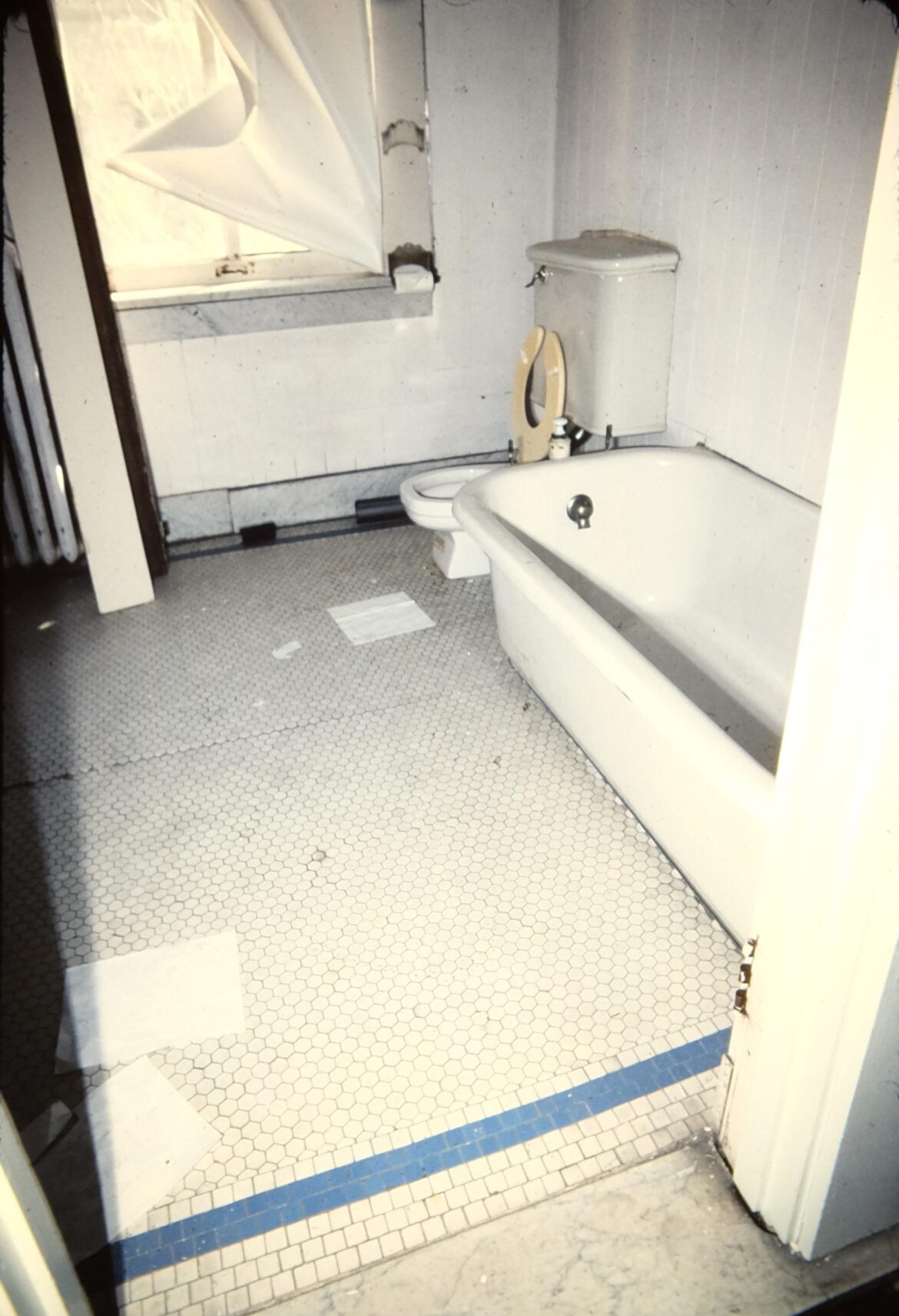
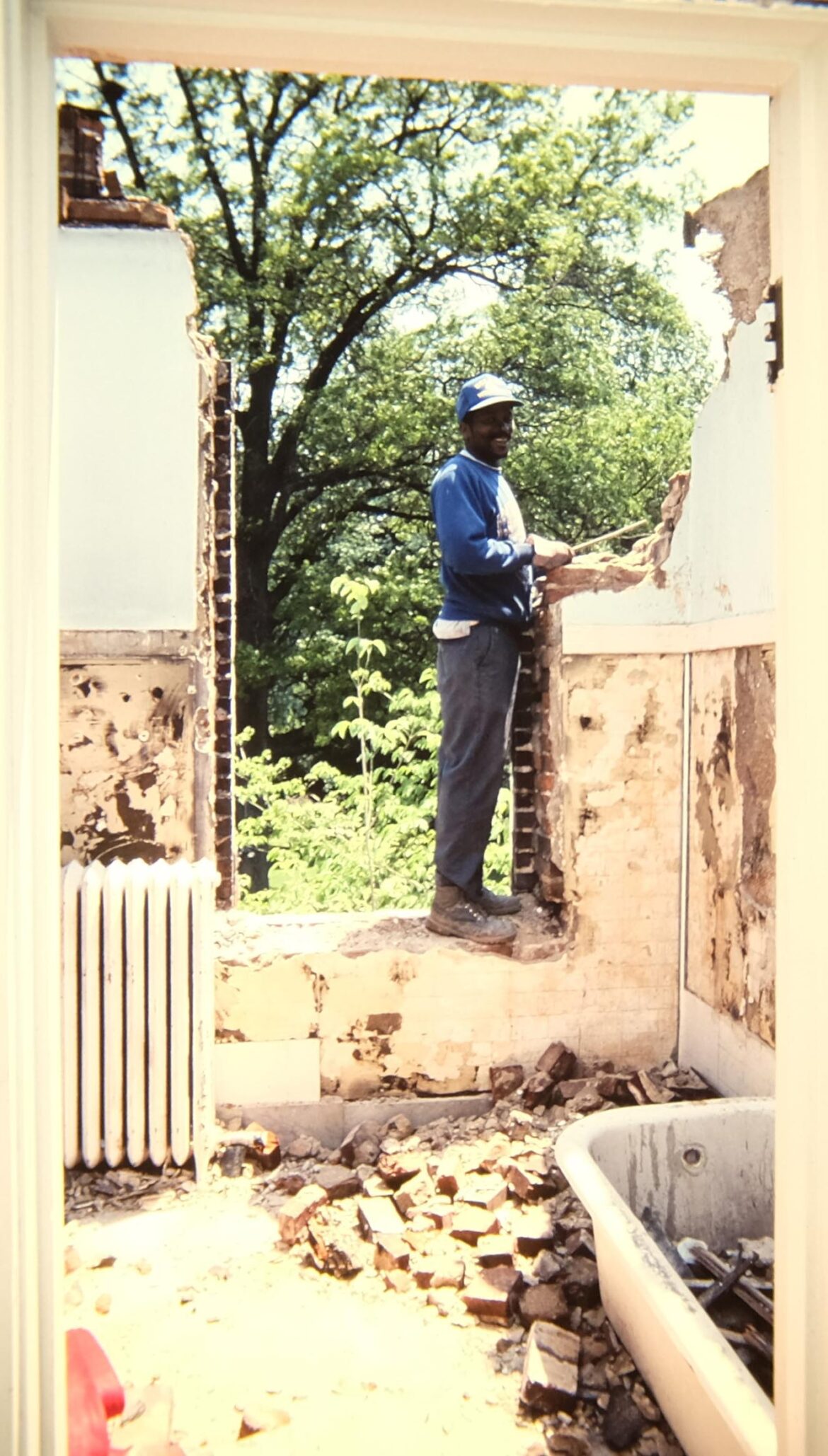
This post could not have been made without the assistance of two very dear friends. Joellen McDonald, the historian of Richmond Heights, was able to retrieve for me these slides that I had given her 18 years ago. Not bad. Additionally she shared with me the personal research she had done on this subject. Esley Hamilton, the historian of St. Louis County, was kind enough to share his extensive research of the Barron and McCutchan families and his history of the Second Baptist Church.
I have many more images of the destruction. I’ll continue with this post tomorrow. This should give you something to think about until then.
Doug Houser October 29, 2020

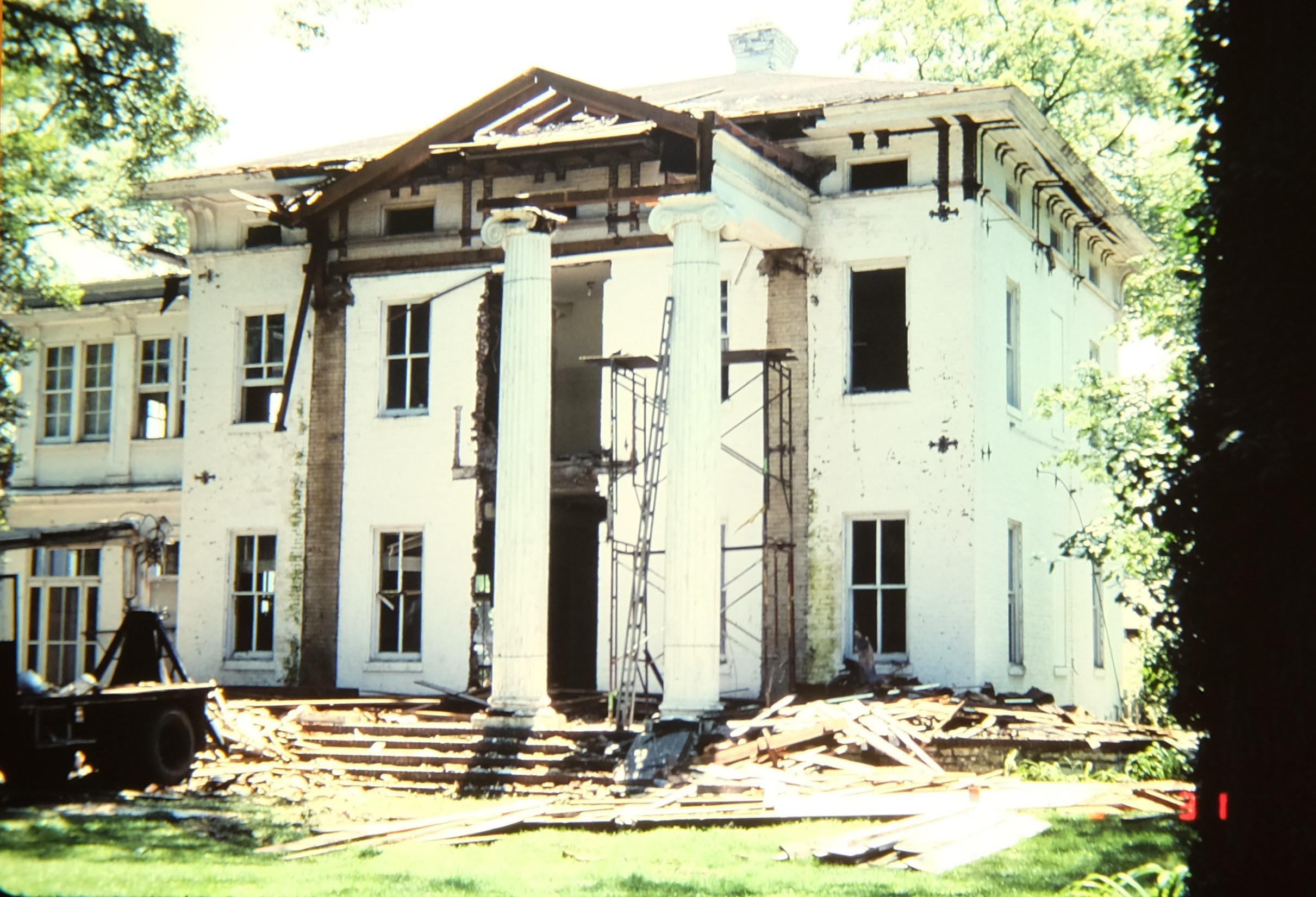
Destruction of that mansion made me so sad. I will never forget that the congregation did that.
Hey Gary, It is my hope that posts such as this one will help folks make better choices in the future. Once these buildings are gone, they are never coming back.
Doug I am not sure if you are saying the photos were yours or Mrs McDonald’s slides. I ask because I see no pictures of heavy equipment taking the house down. I am wondering if that is the reason the pillars and other piece of architecture were so damaged and lost. I cannot imagine a guy on a ladder being able to handle those corbels and other pieces.
Wonder if anyone has ever metal detected the grounds. Might find some neat old stuff there.
Mark, the slides were mine but I donated them and the artifacts to the Richmond Heights Historical Society. To the best of my knowledge no heavy equipment other than a small bulldozer was used on this site. In order to use a metal detector there you would have to clear it with the church. I suspect this would be a no go since it is all their yard these days.
I am a bit surprised that there seemed to be that much damage from the demo to some of those items, like the tops of the columns. I suppose the whole recycle/upcycle thing may not have been in full view like it seems to be on every building show on TV. But I know it was being done at that time. Most demo contractors I have ever met tell me that a lot of their money comes from what they can salvage and resell. Bricks by the pallet , those floor joists get reused into making everything from shelving to flooring, the big mirror gets used as it over someone’s bar or fireplace. Taking it down is bad enough but seeing that damage concerns me. I know it cannot all be saved but still…..save all that you can.
Mark, I have been interested in the recycle of the materials such as you mention and the rehabilitation and adaptive reuse of older buildings for as long as I can remember. It was nothing new in 2002. As for the joists, the salvors in this case were not happy to find that they were of white pine rather than the harder, more durable and therefore more saleable southern yellow pine. I was there when they made the discovery. I don’t know what a pallet of those hand made bricks goes for but I bet it’s substantial. I wanted the photographs to illustrate the tremendous amount of waste involved in an undertaking like this one. You do try and save everything you can. I’ve tried to do it. I imagine you have to. Still there is a huge amount of material that just can’t be reused. Worst of all is the loss of a building like the Barron Mansion. It was built to last and it could have.
Doug, you are so right on all fronts. I do know that from the size of those columns and capitals that it would take the right building or place to be able to use them. So many people are only seeing them as a column. They could have been cut down to make something for a pergola or a shorter porch. That lets some of it still being used. I agree on the used brick. There continues to be a market for it. But it does become a thing that you cannot pay too much for it during demo because you never know how many you are going to be able to salvage, they are heavy and labor consuming, and then you have to store them somewhere and hope they sell before too long. Most of the companies I have dealt with know that some things will sell or be reused others cannot. I strongly feel that when I am gone that some of the old jars and things I have collected and enjoy someone else will see as nothing more than a dust collector and wonder why I kept it. The thing I appreciate about what you do on this site is give us the story behind the people and things of the past.